Rubber Foam Board: Reliable Insulation for Marine and Offshore Use
2025-10-11 14:31:41
In the marine and offshore industries, insulation materials face some of the toughest working environments on earth. They must resist saltwater corrosion, temperature fluctuations, vibration, and long-term humidity exposure — all while maintaining structural integrity and fire safety. Among the many options available today, the Rubber Foam Board stands out as the most balanced solution for durability, flexibility, and performance.
Professionally engineered and widely available from rubber foam board manufacturers in China, this material supports bulk supply for shipyards, oil platforms, and marine engineering projects, making it a practical and reliable choice for modern maritime operations.
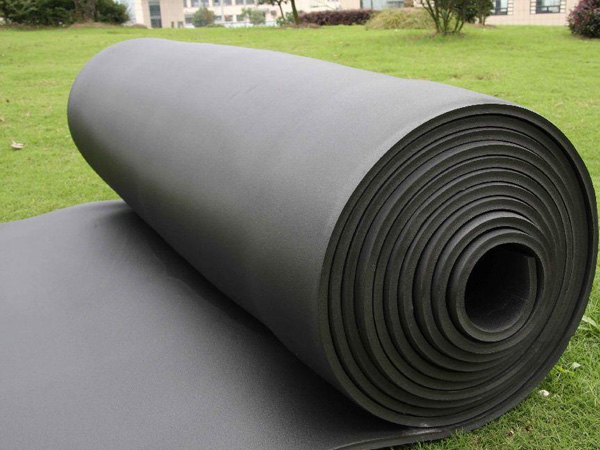
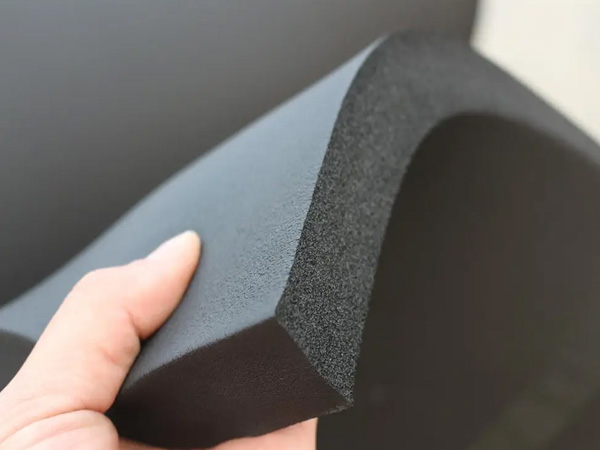
1. What Is Rubber Foam Board?
A Rubber Foam Board is a closed-cell elastomeric material manufactured from synthetic rubbers such as NBR (nitrile butadiene rubber) or EPDM (ethylene propylene diene monomer). Through a specialized foaming process, it forms a lightweight yet resilient board that combines mechanical strength with superior insulation.
The closed-cell design ensures that air remains trapped within the material, preventing moisture and vapor intrusion — an essential property for offshore and marine environments where water exposure is constant.
2. Key Advantages in Marine Applications
For shipbuilders, offshore engineers, and maintenance contractors, Rubber Foam Boards offer distinct performance benefits that go beyond basic insulation.
a. Outstanding Thermal Efficiency
Rubber foam reduces heat conduction by creating micro air pockets that act as natural insulators. It helps maintain stable temperatures in ship compartments, refrigeration systems, and offshore processing rooms.
b. Moisture and Vapor Resistance
Thanks to its closed-cell composition, water cannot easily penetrate the foam. This prevents condensation and corrosion under insulation (CUI) — a major issue in steel piping systems exposed to marine humidity.
c. Fire Retardant and Low Smoke Emission
Modern Rubber Foam Boards meet stringent marine safety standards such as IMO FTP Code Part 2 and 5. They resist ignition and produce minimal smoke, helping protect crew and equipment during emergencies.
d. Acoustic and Vibration Damping
Marine engines and compressors generate significant vibration and noise. The foam’s elastic structure absorbs mechanical energy, reducing sound transmission and enhancing onboard comfort.
e. Easy Handling and Installation
Lightweight and flexible, Rubber Foam Boards can be cut and shaped with basic tools. They adapt easily to curved or uneven surfaces, ideal for ship interiors and offshore machinery housings.
3. Where Rubber Foam Boards Are Used
The versatility of Rubber Foam Boards makes them suitable for nearly every part of a vessel or offshore installation:
·HVAC and Duct Systems: Prevents heat loss and condensation in cooling and ventilation pipelines.
·Engine and Machinery Rooms: Provides both thermal and acoustic insulation for engines, turbines, and pumps.
·Living Quarters and Cabins: Enhances thermal comfort and minimizes equipment noise.
·Offshore Platforms: Protects structural components and pipelines from harsh sea air.
·Cold Storage Areas: Maintains temperature stability and prevents moisture build-up.
Their long service life and maintenance-free design make them especially valuable in remote or offshore sites where replacement is costly.
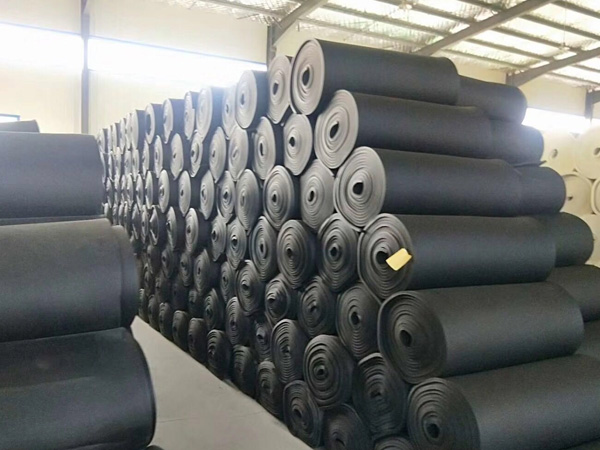
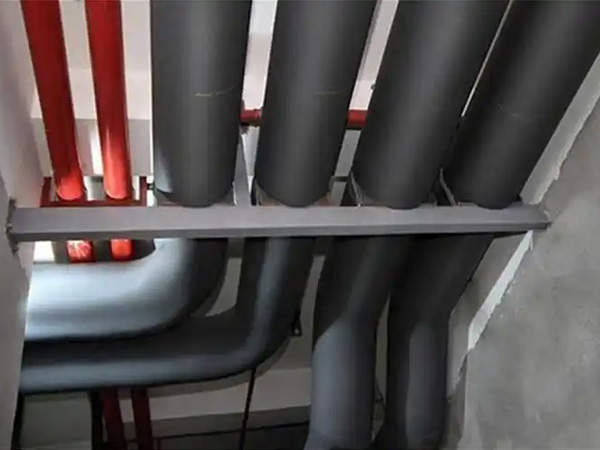
4. How It Outperforms Traditional Insulation
When compared to fibrous or rigid alternatives like fiberglass, polyurethane foam, or mineral wool, Rubber Foam Boards consistently perform better in marine environments:
·Non-absorbent: No risk of water ingress or microbial growth.
·Corrosion-resistant: Prevents metal degradation under the insulation layer.
·Durable and resilient: Maintains shape under pressure and vibration.
·High energy efficiency: Excellent thermal resistance lowers energy consumption.
·Lightweight: Reduces overall vessel load and fuel use.
These combined benefits make it the preferred insulation for shipyards and marine fabrication centers seeking performance with minimal maintenance.
5. Installation and Maintenance Guidelines
Proper installation is crucial for achieving full insulation performance.
Follow these best practices for Rubber Foam Board application:
·Ensure all surfaces are clean, dry, and oil-free before bonding.
·Use marine-grade adhesive or mechanical fasteners to secure panels.
·Seal all joints with compatible vapor barriers or tape to prevent leakage.
·Avoid exposure to direct sunlight unless covered with protective cladding.
·Perform periodic inspection for wear, compression, or damage.
When maintained properly, rubber foam insulation can deliver stable performance for 10–15 years or more, even in offshore environments.
6. Selecting a Reliable Supplier
Working with a rubber foam board manufacturer in China ensures access to high-quality materials backed by advanced production technology and bulk supply capacity for shipyards and energy projects.
When evaluating suppliers, look for:
·Compliance with IMO, ISO, or DNV marine standards.
·Customizable thickness and density for specific environments.
·Documentation for fire safety, water resistance, and thermal conductivity.
·Proven track record in marine or offshore industries.
Chinese manufacturers with integrated production and export capabilities can deliver consistent quality at competitive pricing — making them a smart choice for international buyers.
7. Conclusion: The Smart Insulation Choice for Marine Systems
For any environment where heat, moisture, and noise coexist, the Rubber Foam Board stands as an essential insulation material. Its closed-cell structure offers unmatched resistance to water and fire, while its light weight and flexibility simplify installation across vessels and offshore facilities.
Partnering with a rubber foam board supplier in China ensures factory-level quality, reliable bulk supply, and customization for specific engineering needs.
In marine and offshore applications where precision and protection are everything, one material consistently proves its worth — the Rubber Foam Board.
References
GB/T 7714:Aravind D, Senthilkumar K, Rajini N, et al. Feasibility of elastomeric composites as alternative materials for marine applications: A compendious review on their properties and opportunities[J]. Proceedings of the Institution of Mechanical Engineers, Part M: Journal of Engineering for the Maritime Environment, 2022, 236(4): 839-855.
MLA:Aravind, D., et al. "Feasibility of elastomeric composites as alternative materials for marine applications: A compendious review on their properties and opportunities." Proceedings of the Institution of Mechanical Engineers, Part M: Journal of Engineering for the Maritime Environment 236.4 (2022): 839-855.
APA:Aravind, D., Senthilkumar, K., Rajini, N., Muthu Kumar, T. S., Chandrasekar, M., Ismail, S. O., ... & Indira Devi, M. P. (2022). Feasibility of elastomeric composites as alternative materials for marine applications: A compendious review on their properties and opportunities. Proceedings of the Institution of Mechanical Engineers, Part M: Journal of Engineering for the Maritime Environment, 236(4), 839-855.
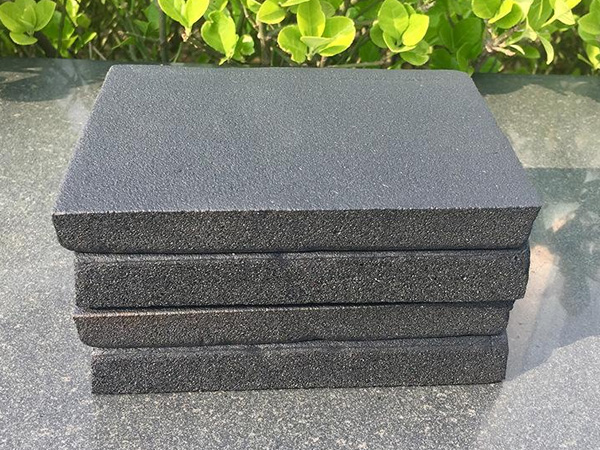
OurFlame Retardant Rubber Foamis a premium closed-cell elastomeric insulation material engi...

OurRubber Pipe Insulationis a high-performance solution designed specifically for HVAC pipi...

Rubber Foam Insulation Sheet – Product Introduction Premium Flexible Insulation for Therm...
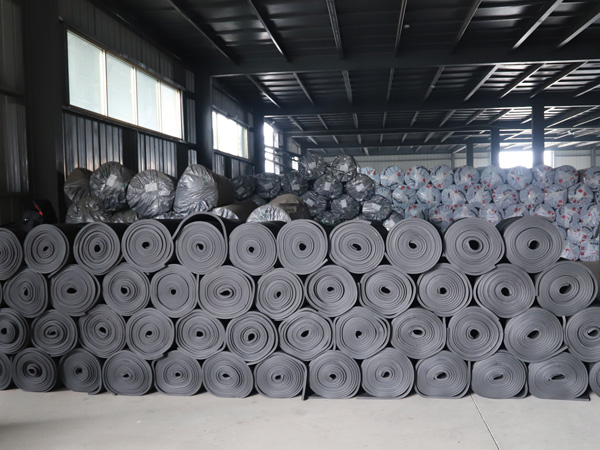
Specially engineered for refrigeration applications, ourElastomeric Rubber Insulationprovid...



